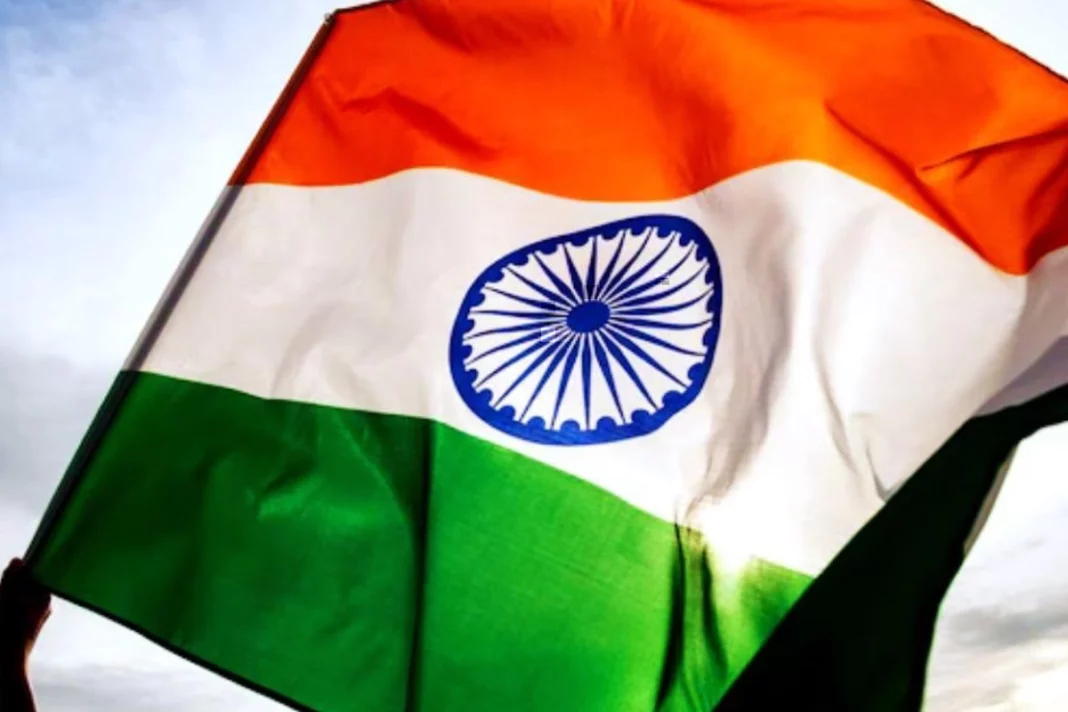Independence Day 2023: As India commemorates its 77th Independence Day on August 15 this year, the nation reflects on 76 years of cherished freedom. This occasion calls for a deeper understanding of our history, the struggle that led to our liberation, and the valiant freedom fighters who championed our cause. The day is marked with celebration across the country, as people orchestrate a number of events. Homes are adorned with the vibrant Tricolour, stirring speeches and energetic poems honoring our freedom fighters are shared, the national flag is majestically hoisted, and a wave of celebrations fills the air.
The Indian national flag, lovingly known as the Tricolour, stands as an emblem of profound significance, encapsulating our national pride. Its three hues symbolize the collective dreams and aspirations of the Indian populace. On this monumental day of Independence, lets delve into the importance and meaning of Indian National Flag.
Also Read: Delhi Metro to Commence at 5 AM on Independence Day 2023, Station Parking to Shut from August 14
History and Signficance
On August 7, 1906, the inaugural Indian national flag was unfurled at Parsee Bagan Square in Kolkata. This flag boasted three prominent colors: red, yellow, and green. The precursor to the contemporary Indian tricolor was conceived by Pingali Venkayya in 1921, consisting primarily of red and green shades.
In a pivotal move of 1931, a resolution was endorsed, embracing the tricolor as the national flag. This earlier version, a precursor to the present-day design, featured saffron, white, and green hues, along with Mahatma Gandhi’s spinning wheel at its center. After undergoing slight alterations, which included the addition of saffron and white, and the inclusion of Ashoka Chakra from the lion capital of Emperor Ashoka, the Indian Tiranga was formally adopted on July 22, 1947. Its first hoisting took place on August 15, 1947.
The National Flag of India, in its current form, was embraced during a momentous gathering of the Constituent Assembly on July 22, 1947. This pivotal event unfolded just days before India’s historic liberation from British rule on August 15, 1947. It transitioned from representing the Dominion of India (1947-1950) to the Republic of India. From that landmark day of independence until January 26, 1950, this flag proudly represented the Dominion of India. Post-1950, it stood as a powerful symbol for the Republic of India, encapsulating the spirit of a sovereign nation.
Colours of Indian Flag
The Indian National Flag proudly displays three distinct colors – a vibrant deep saffron (Kesari) at the top, a serene white in the middle, and a rich dark green at the bottom. These colors are harmoniously distributed in equal proportions. At the heart of the flag, a navy blue wheel or chakra takes its place, adorned with 24 spokes. This emblem bears a striking resemblance to a design present on the abacus of the historic Sarnath Lion Capital of Ashoka. Notably, its diameter closely corresponds to the width of the white band. The flag’s proportions adhere to a ratio of two parts in width to three parts in length, forming a visual representation of India’s unity in diversity.
Also Read: “Khooni Khel Khela..” PM Modi Attacks TMC on Poll Violence, Accuses of ‘Booth Capturing’ | Details
The Indian National Flag’s saffron hue symbolizes the nation’s resilience and valor, while the white signifies peace and truth, embodied by the Dharma Chakra. Additionally, the green shade represents the land’s fertility, growth, and blessings. The Dharma Chakra, a vital emblem on the flag, mirrors the “wheel of the law” portrayed on the Sarnath Lion Capital crafted by Ashoka, the Mauryan Emperor of the 3rd century BC. This dynamic emblem serves as a reminder that life thrives in motion and stagnation leads to demise. Just as the wheel spins, embracing change and progress is integral to vitality and growth.
Keep watching YouTube Channel ‘DNP INDIA’. Also, please subscribe and follow us on FACEBOOK, INSTAGRAM, and TWITTER


